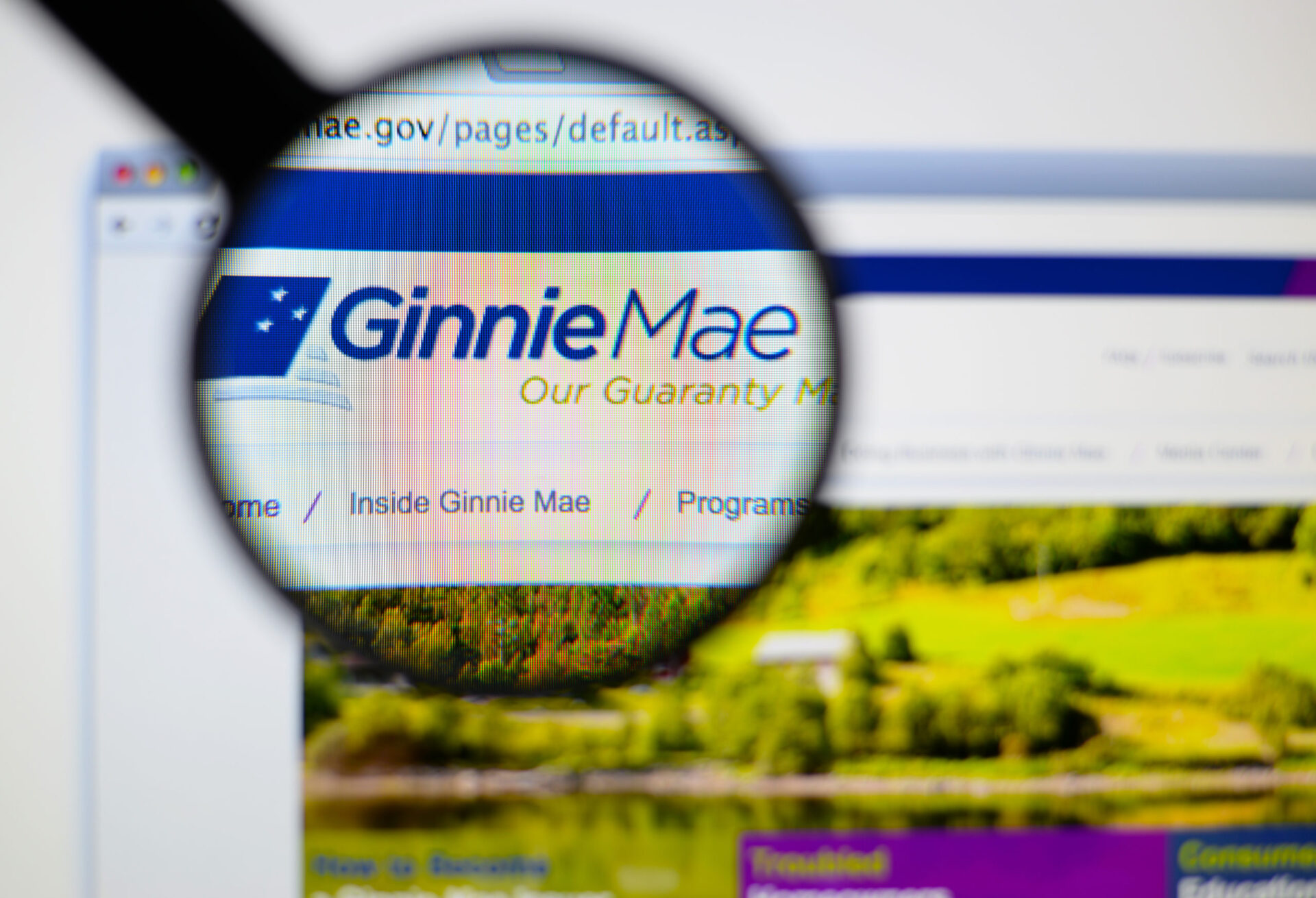By SCOTT OLSON
Recently, Wells Fargo announced it was exiting the correspondent mortgage loan business, eliminating an important execution source for smaller independent mortgage banks that originate FHA, VA, and Fannie/Freddie loans but are not Ginnie Mae-approved issuers or Fannie/Freddie seller-servicers.
This development is only the latest in a persistent 10-year trend, documented in our latest IMB Report issued last October by the Community Home Lenders of America.
As large banks have exited the mortgage business, independent mortgage banks picked up the slack. IMBs now originate 90% of FHA and VA loans and issue 90% of Ginnie Mae mortgage-backed securities. When an IMB acts as a Ginnie Mae issuer, it not only services the loans, but it is also legally required to act essentially as a banker to borrowers who miss payments on loans that are in the Ginnie Mae pools.
However, unlike banks, which have access to a host of government-backed funding sources (including FDIC insurance, FHLB advances, and the Federal Reserve discount window), IMBs have no such source of funds to carry out their responsibility to act as a banker for borrowers that miss payments. Moreover, smaller IMBs issuers tend to have fewer financing options than large IMBs or publicly traded IMBs.
So, this week CHLA sent a letter to Ginnie Mae with detailed recommendations on making the Ginnie Mae Pass-Through Assistance Program more flexible and more responsive to the needs of IMB issuers.
PTAP was created by Ginnie Mae in the spring of 2020 to help issuers in the wake of rising default levels and a Congressionally mandated forbearance right for borrowers to skip mortgage payments without penalty.
CHLA’s PTAP recommendations would create more flexibility for Ginnie Mae advances, to help solvent IMB issuers with short-term liquidity concerns arising out of their role as playing banker to borrowers that miss payments on FHA or VA loans. Instead of only acting as a lender of last resort, PTAP would help maintain Ginnie Mae’s greatest strength: its broad base of issuers.
CHLA’s proposal would help consumers. A broad base of Ginnie Mae issuers directly securitizing FHA and VA loans is critical to more competition, better prices, and more consumer choice. It is clearly better than just relying on large aggregators that come in and out of the market like Wells Fargo.
CHLA’s proposal is financially responsible. Our letter clearly states that “CHLA is not proposing that Ginnie Mae replace bank warehouse lenders as the primary financing source for Ginnie Mae IMB issuers.”
We are not asking Ginnie to bail out IMB issuers, but just to provide liquidity to solvent issuers that are experiencing liquidity concerns due to advanced responsibilities.
And as we point out, these advances represent real assets, that will be recovered when a defaulted loan is restored or there is an FHA or VA claim.
What we are advocating is providing the same kind of liquidity support that is routinely provided to banks; in this case, for the purpose of helping IMB issuers make Ginnie Mae advances. And to do so without the reputational taint that was perceived to go with the handful of issuers that used the narrower PTAP program in 2020.
CHLA’s letter also identified two other ways the PTAP program could be made to be more flexible. First, the PTAP program unveiled in 2020 was successful—not because many issuers used it (only a handful did)—but because it increased confidence among warehouse lenders. PTAP sent the message that Ginnie MAE was standing by, if necessary, and it wouldn’t precipitously shut down issuers and seize their MSR portfolios. Ginnie Mae should reaffirm that it will do so in the next crisis – perhaps even providing national default benchmarks when a more aggressive PTAP program would automatically kick in.
Finally, the CHLA letter pointed out that a more flexible PTAP program could protect Ginnie Mae’s financial interests in certain circumstances. For issuers with financial problems but doing a sound job of servicing, PTAP could allow the servicer to stay in place, to facilitate a more orderly transfer of an issuer’s MSR portfolio, if needed – transferring the portfolio at a later time more favorable to maximizing resolution recovery costs.
The simple reality is that IMBs now dominate Ginnie Mae issuance. Let’s modernize the tools we have to help them continue to play this critical access to mortgage credit role and keep our mortgage markets strong.

Scott Olson is the Executive Director of the Community Home Lenders of America, which represents small and mid-sized IMBs.
